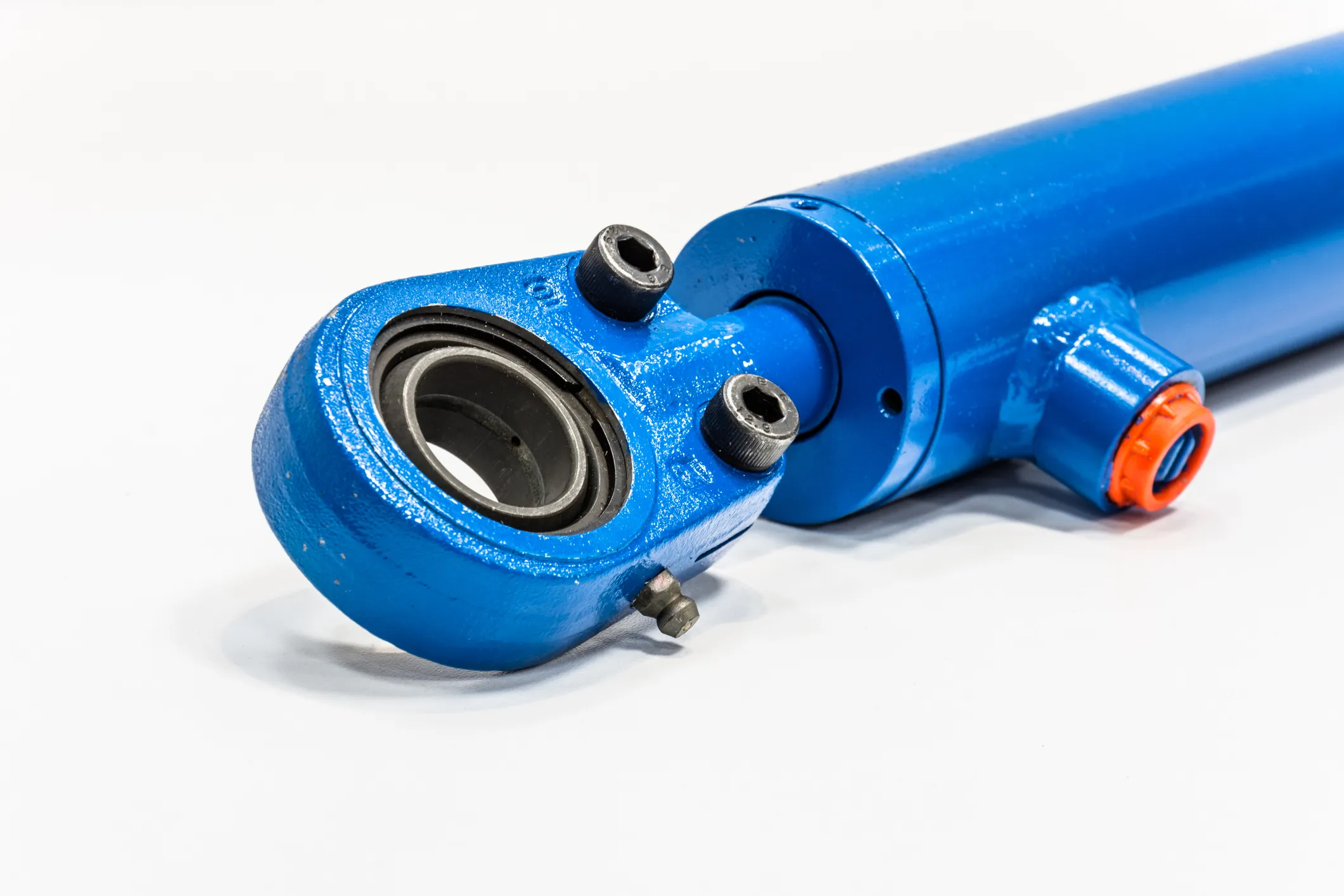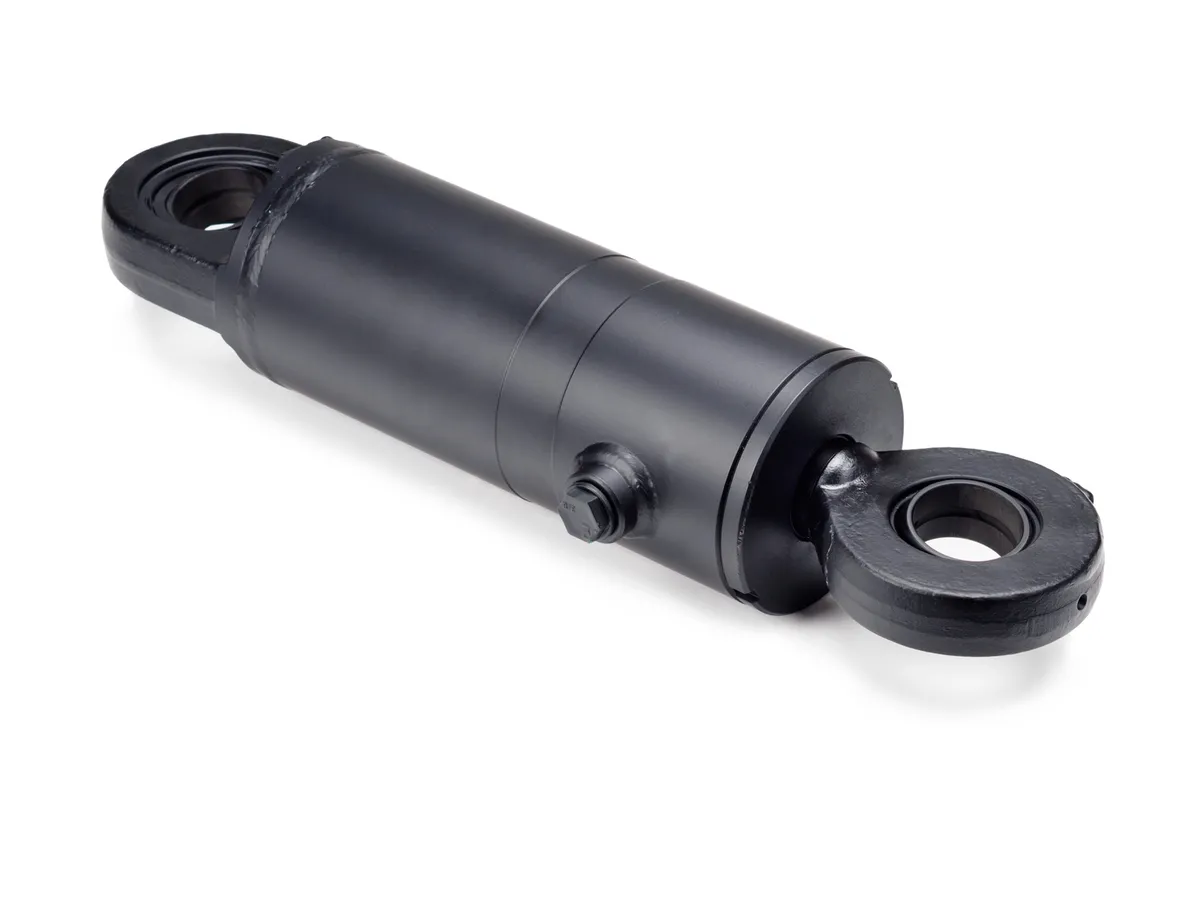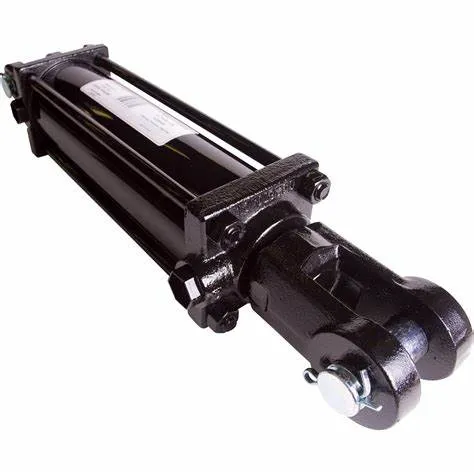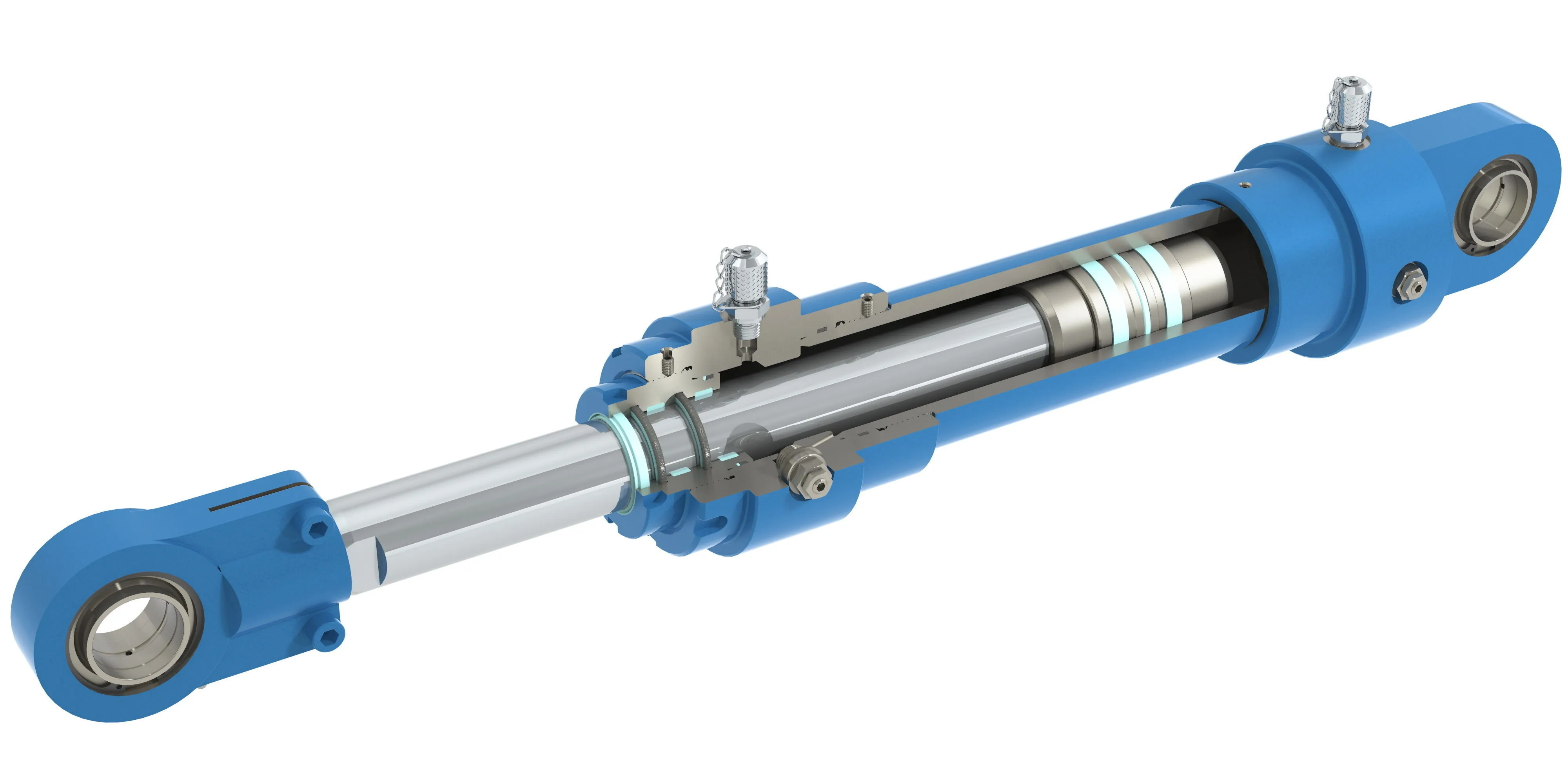Unlocking the Potential: Locking Single-Acting Hydraulic Cylinder Specifications
Introduction to Locking Single-Acting Hydraulic Cylinder
The locking single-acting hydraulic cylinder is a specialized mechanism that operates under hydraulic pressure in one direction and features a locking function to prevent movement in the absence of pressure.
Design and Construction Characteristics
- Locking Mechanism – Safety: The main feature of this cylinder is its locking mechanism, which ensures the piston remains in a safe position even when hydraulic pressure is lost.
- Variety: The design of the locking mechanism can be customized for specific applications, utilizing spring-loaded devices, pin locks, or other forms of mechanical locks.
- Compact Structure – Space Optimization: These cylinders are designed to be compact, making them ideal for use in limited spaces and various equipment.
- Precision Manufacturing – High-Precision Machining: Components are meticulously machined to ensure optimal fit and sealing performance, preventing leakage.

Working Principle
The single-acting mechanism of the cylinder extends and retracts based on hydraulic pressure, while the locking mechanism holds the piston in place under load, ensuring safety even if pressure is lost.

Types and Configurations
- Mechanical Lock: Utilizes pins or latches to secure the piston.
- Hydraulic Lock: Maintains pressure in a specific chamber to prevent retraction.
- Customized Designs: Tailored locking mechanisms for specific applications.
Benefits
- Enhanced Security: Prevents accidental retractions for improved safety.
- Reliability: Ensures consistent performance under varying conditions.
- Simplicity: Easy operation and maintenance for user-friendly experience.

Application Scenarios
- Construction Equipment: Ideal for cranes, hoists, and lifts to secure heavy objects.
- Manufacturing: Used in presses for forming materials under high pressure.
- Transportation: Stabilizers and jacks for vehicle safety during maintenance.

Design Considerations
Key factors to consider include bearing capacity, sealing, durability, safety, and maintainability for optimal performance.
Sealing and Lubrication
Utilize high-quality seals and lubricants to ensure wear resistance and proper functioning of the cylinder.
Maintenance and Troubleshooting
Regular inspection, lubrication, seal replacements, and calibration checks are essential for prolonged functionality.
Unit Power and Optimization
Factors such as cylinder diameter, operating pressure, piston speed, and load affect the power output of the hydraulic system.
Company Overview
Our company specializes in hydraulic cylinder replacements, offering a comprehensive product line and customized services to meet diverse needs in the domestic and international markets.
Author: lyl
